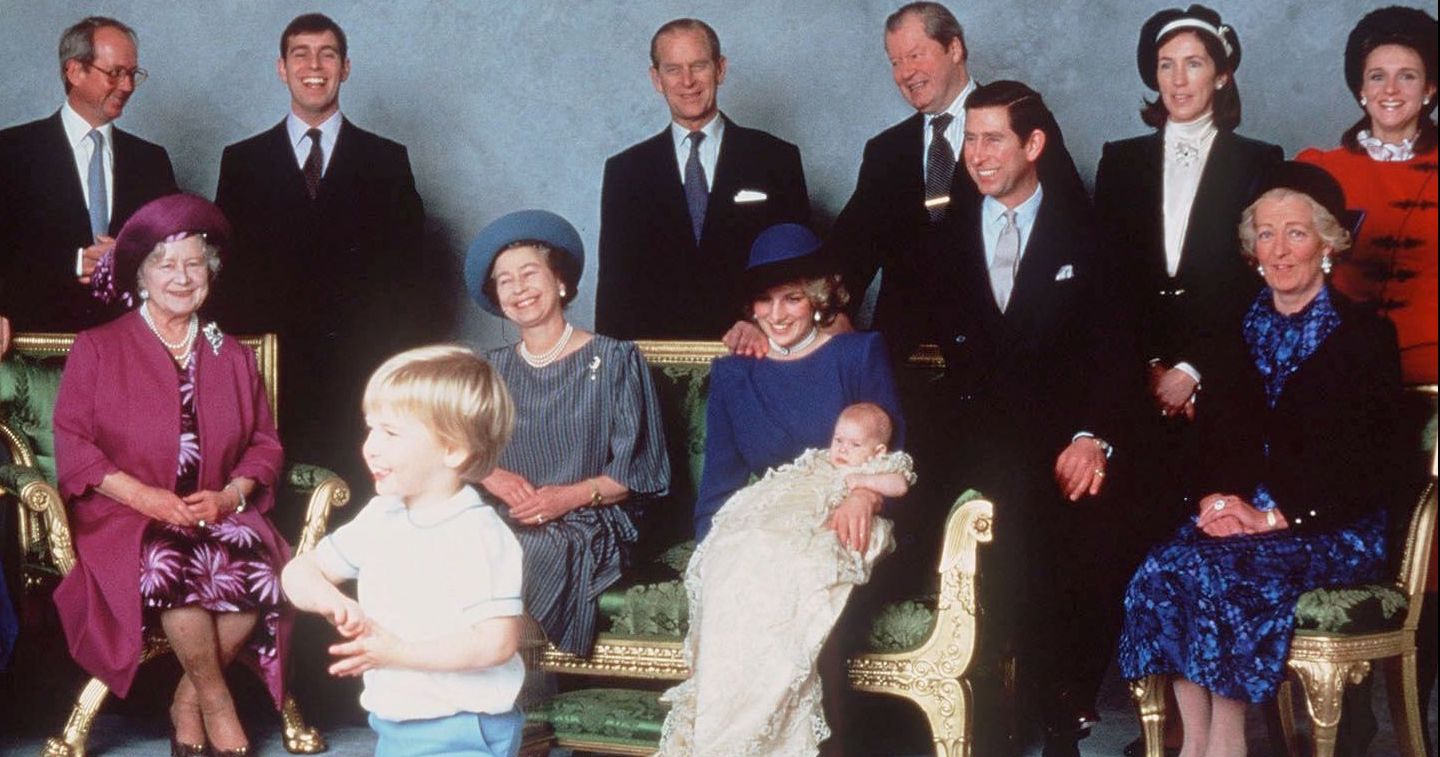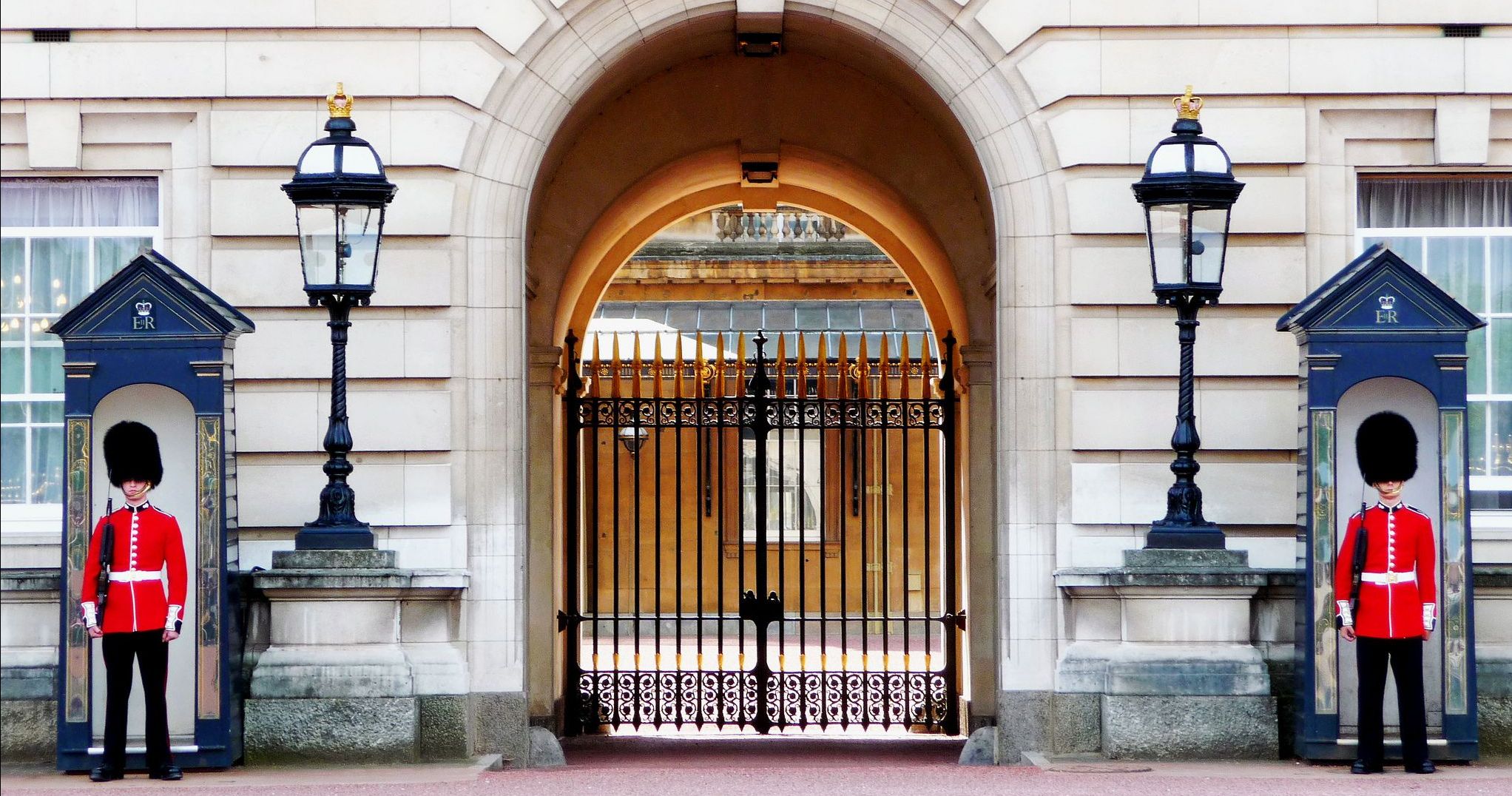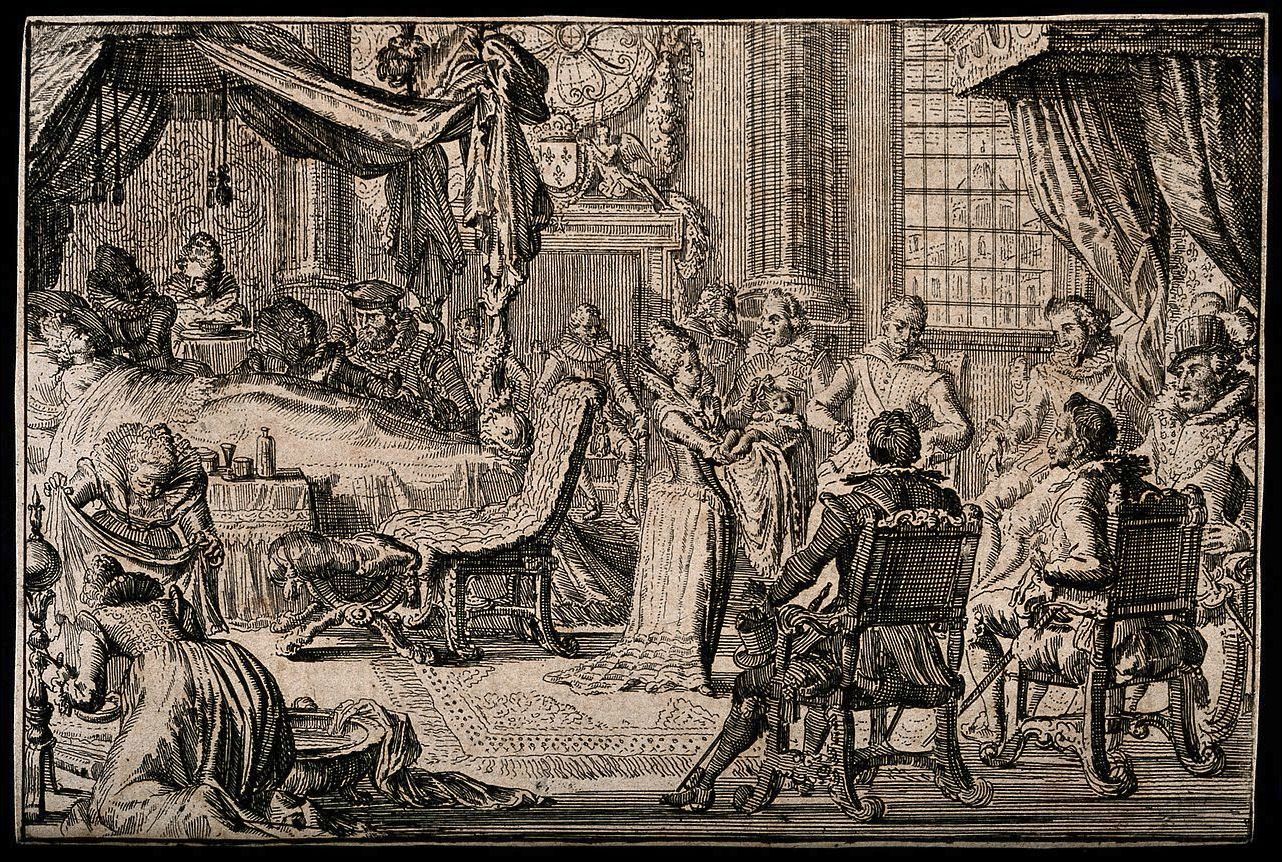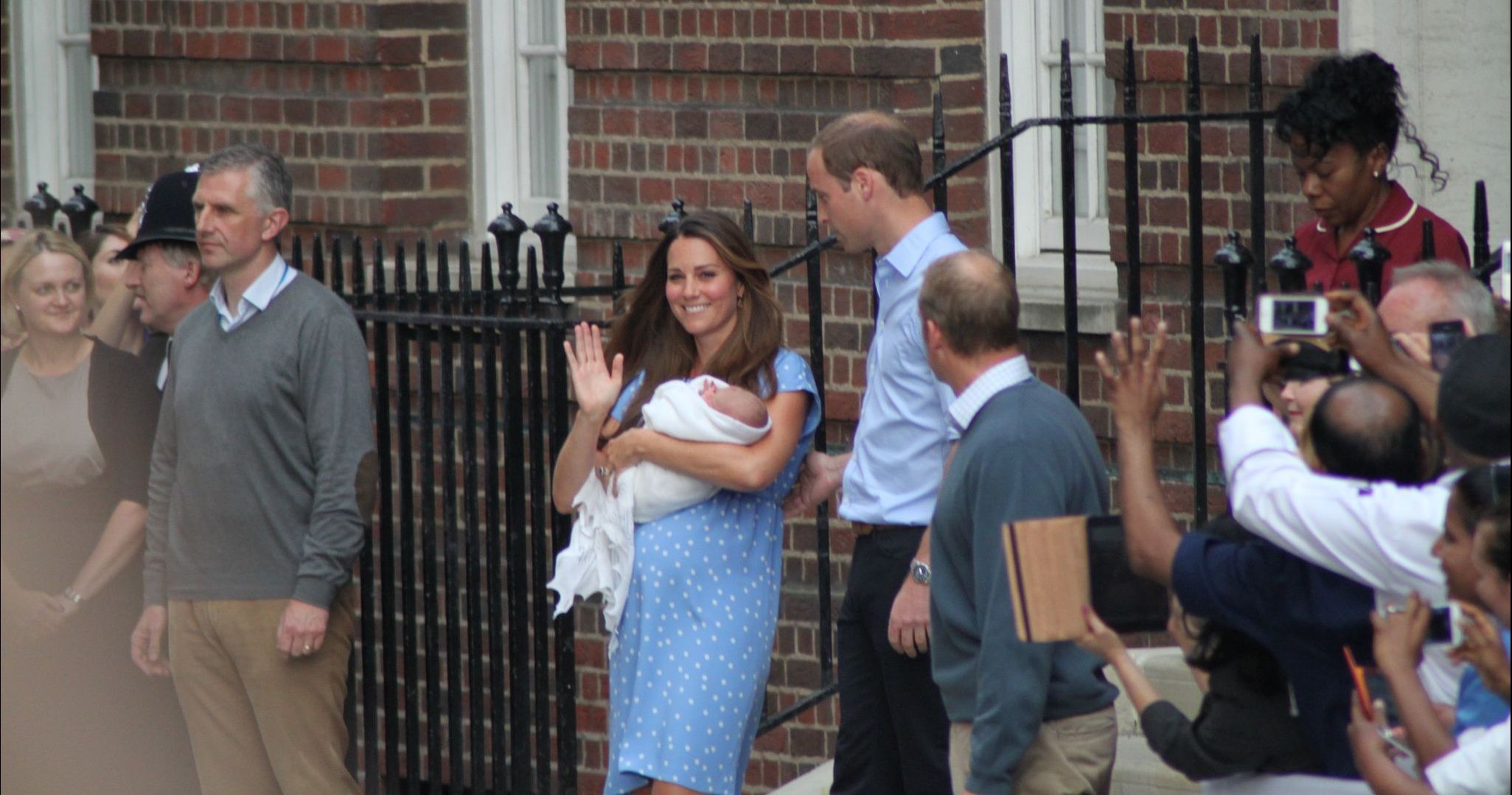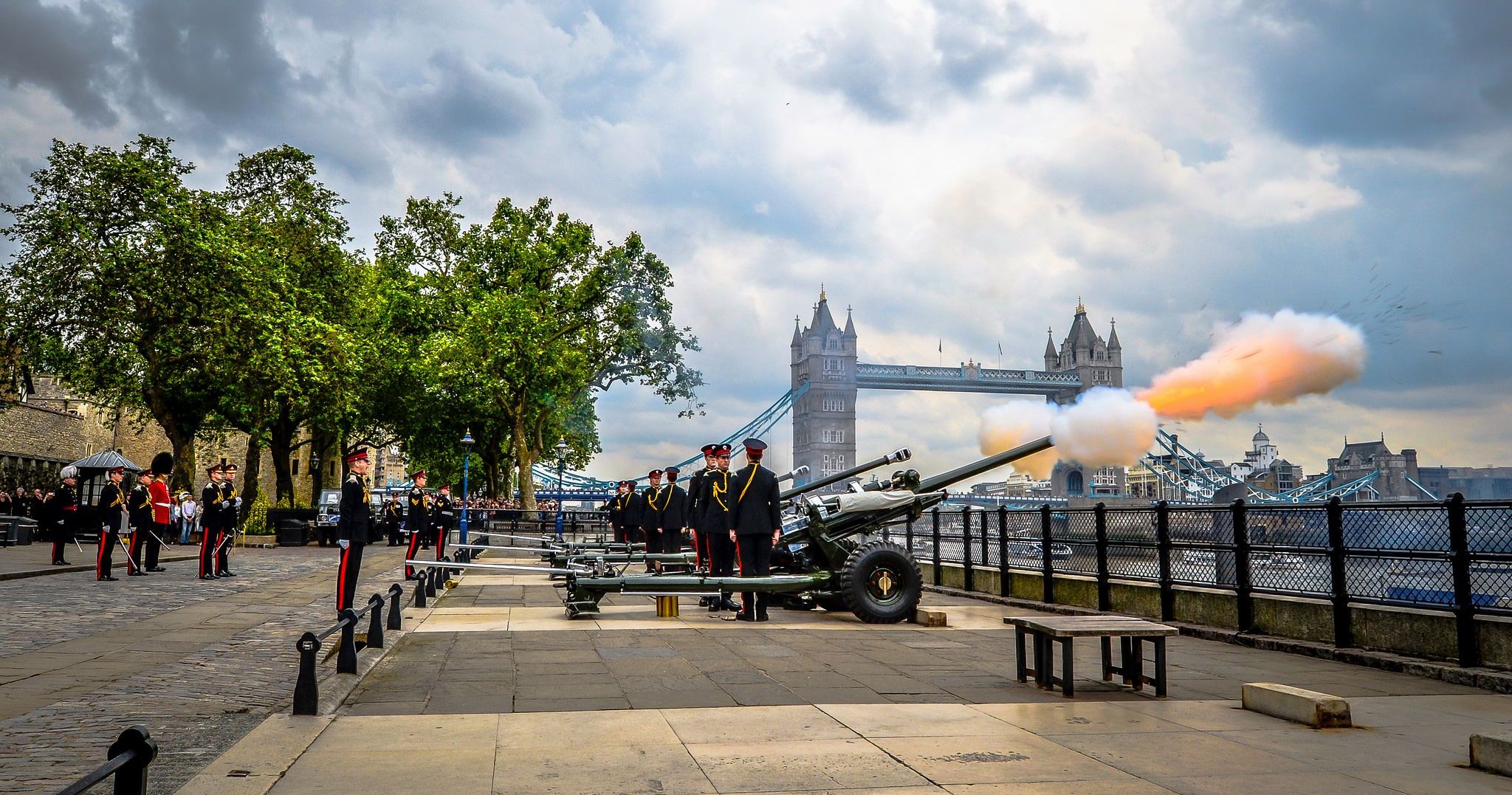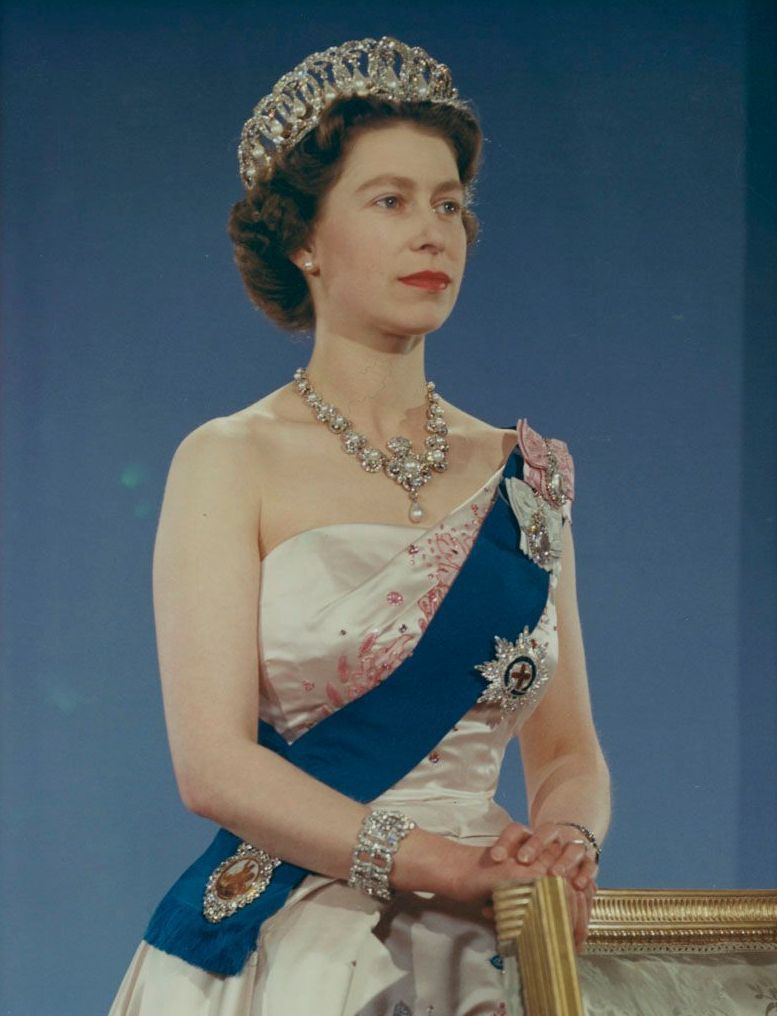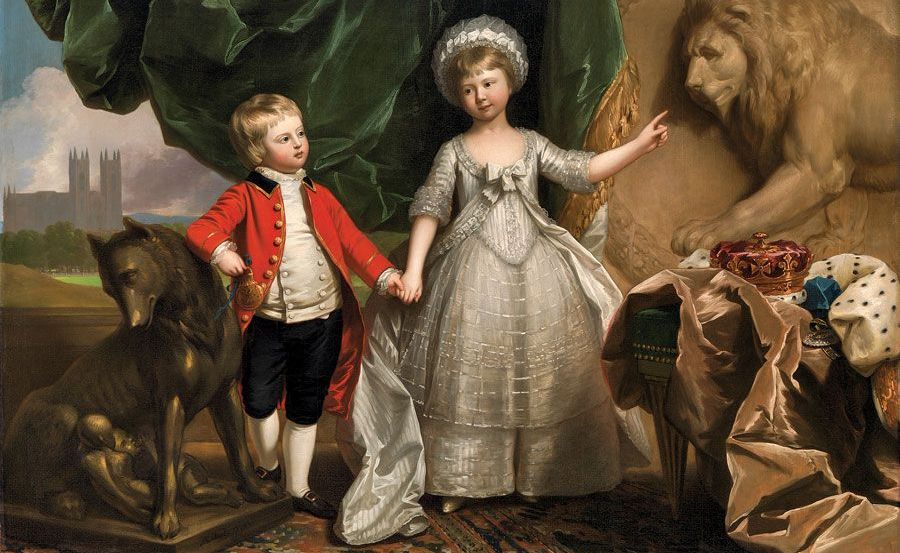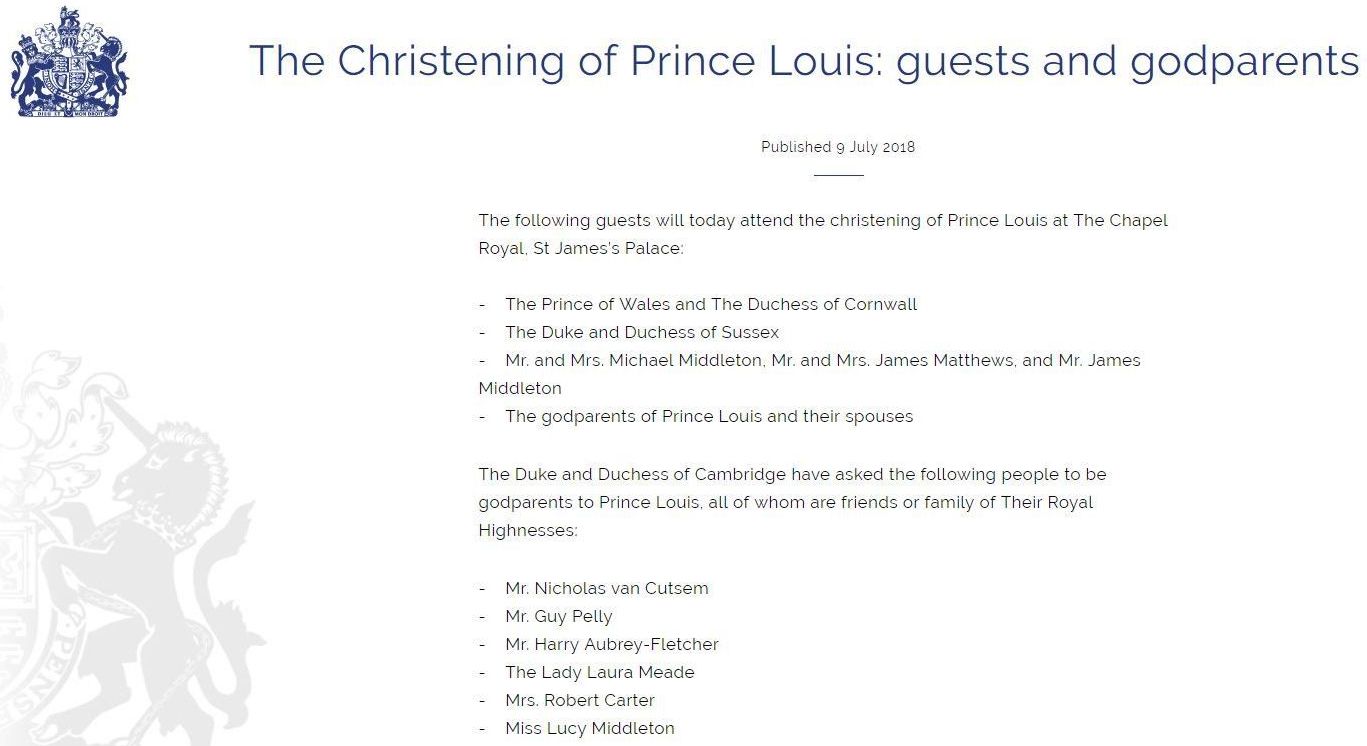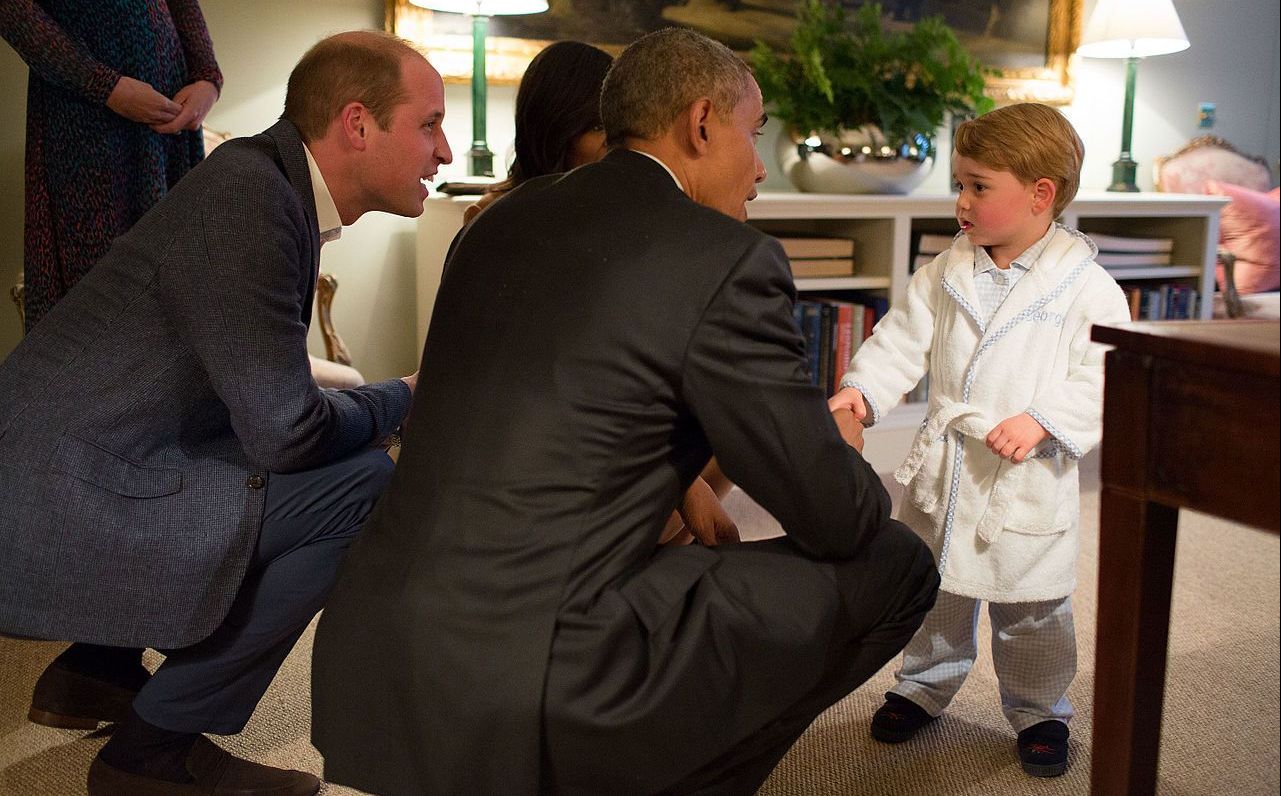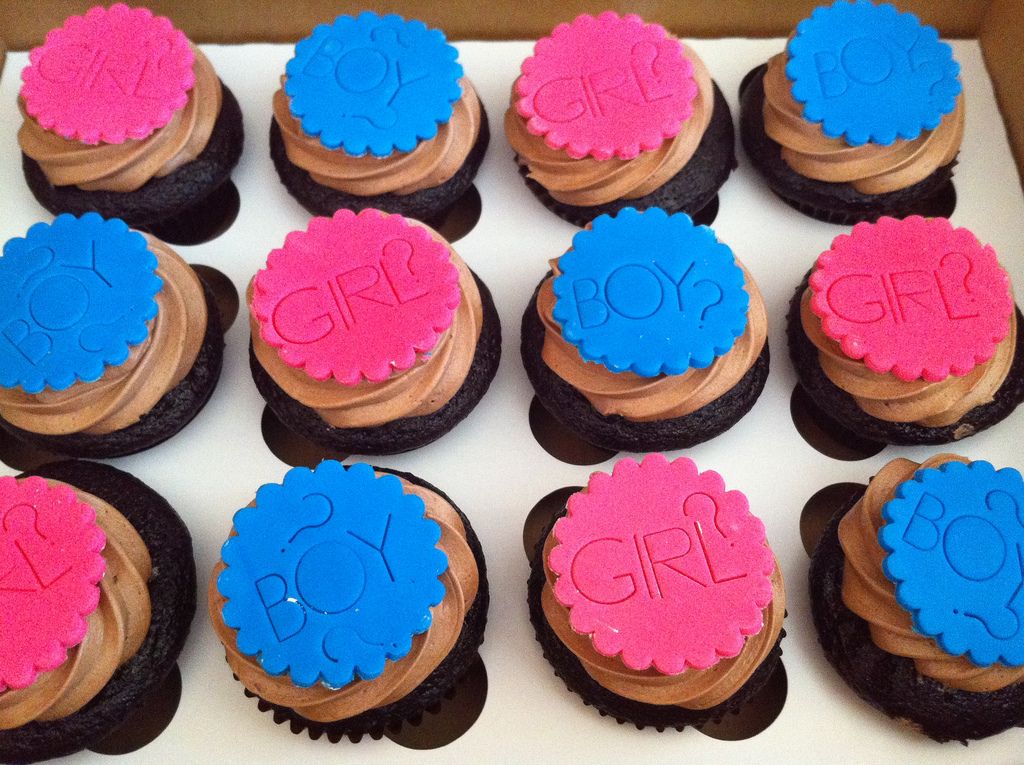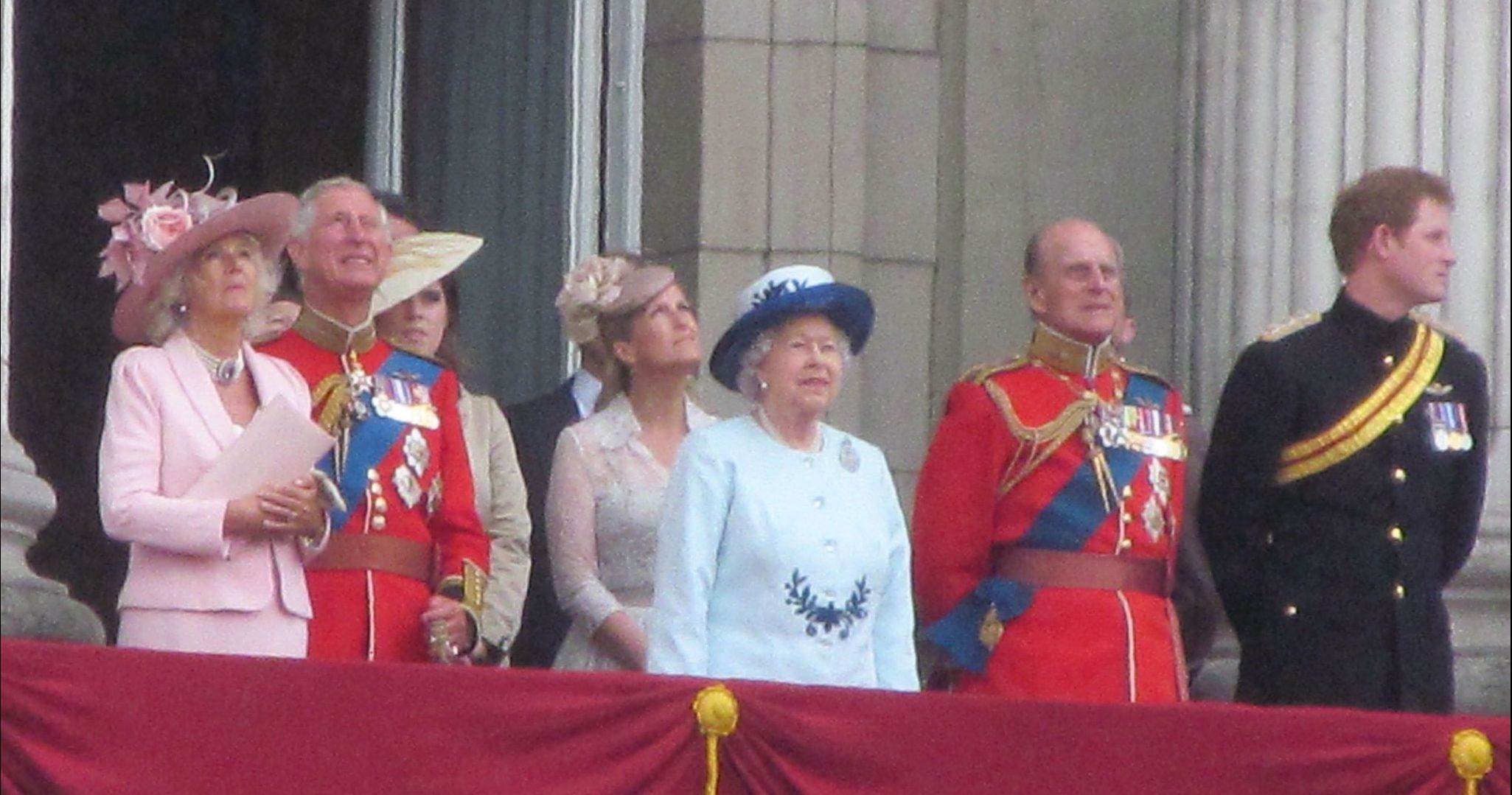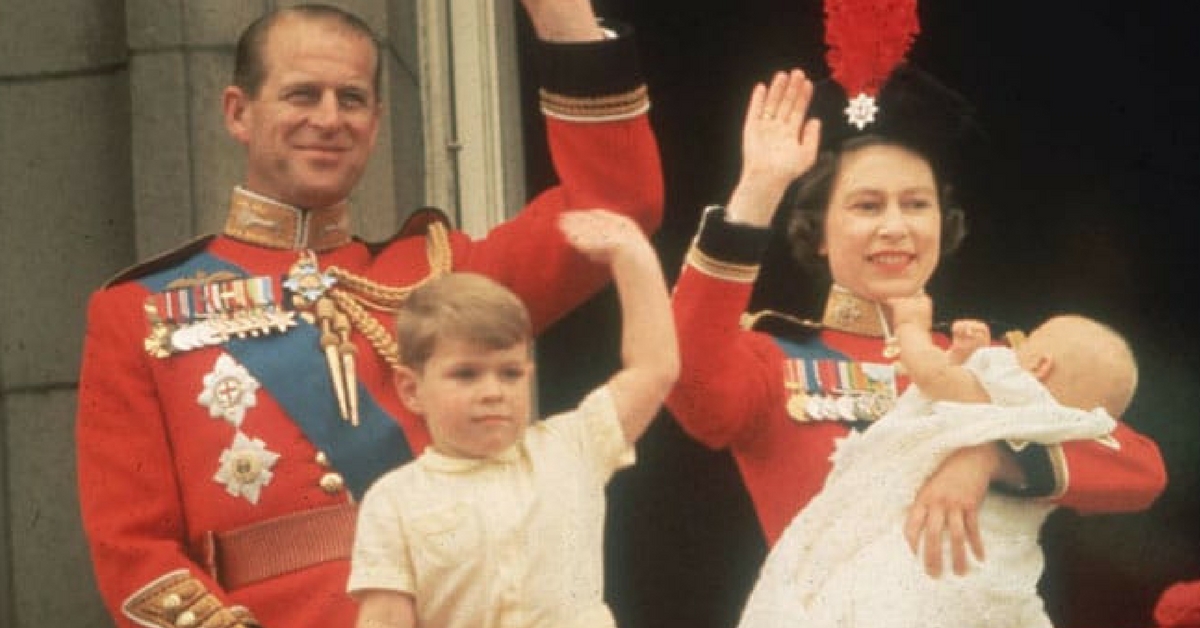Every time a member of the Royal family announce that they're expecting a baby, people get very excited.
Everyone starts to speculate about the baby's due date, its gender, name, etc, but little do they know that there is a lot that happens before the new parents bring the baby out on the steps of the hospital.
Here are 14 old and new traditions that you had no idea existed:
1. Royal babies are traditionally born at home
It wasn't too long ago that babies born in the royal family were delivered at a hospital. For decades, women in the family, including Queen Elizabeth II, gave birth at home. Princes Charles, Andrew, and Edward were all born at Buckingham Palace, while Anne made her debut at the Clarence House.
The younger generation of royal women like Princess Diana and Kate had their babies at a hospital, but rumor has it Kate is planning to give birth to her third child at home.
2. An official witness was required in the delivery room
The centuries-old tradition called for a third-party to be present in the room during the birth of the child to confirm that a royal baby was actually born. When Queen Elizabeth was born the family's secretary was present. Prince Charles was one of the first royal babies born without a non-family witness.
3. Fathers were not allowed in the room
Once upon a time only females were allowed to remain in the delivery room. Men had to wait outside until the baby was born. It wasn't until 1948, on the occasion of Prince Charles's birth, that this tradition ceased.
4. Births are announced outside the palace
It is tradition that a framed notice of birth goes on display on a ceremonial easel on the forecourt at the Palace. pic.twitter.com/xd1XgBV9Ux
— The Royal Family (@RoyalFamily) April 23, 2018
Back in the day, the arrival of a royal baby was announced to the pubic in a handwritten note placed on an easel outside the palace gates. A town crier would also break the news to those waiting outside. Today, this practice is still adopted by the royal family, except now the note is typed. Will and Kate also sent emails and Twitter messages before the palace made the official announcement. An unofficial town crier still shares the news with the public.
5. A 62-gun salute takes place
The Honorable Artillery Company fires a 62-gun salute from the Tower of London, a sign of respect to mark various special occasions, including royal births.
6. The Queen is the first to be informed about the birth
This is a protocol that is still respected today. Prince William called the Queen on an encrypted phone to let her know that Prince George was born.
7. Royal babies have multiple names
It's already hard enough trying to pick a name for your child, so we can only imagine the stress that goes into choosing multiple monikers for a royal baby. The royal family likes to pay tribute to family members from the previous generations through names.
For example, Will and Kate included Diana in their daughter's name to pay homage to the late princess. Her full name is Charlotte Elizabeth Diana.
8. They aren't given last names
Royal babies were known by their first names and the county which they ruled so surnames were not important. For instance, Prince George wasn't assigned a last name at birth, but since his father is the Duke of Cambridge, he goes by George Cambridge when in school.
9. They have multiple godparents
Most people have two godparents, but royal children have way more than that. Prince George has seven, while Princess Charlotte has five, but they're not all royalty. Some of them are extended family members or friends of Will and Kate.
10. Royal children are usually home-schooled
Many members of the royal family never attended an actual school. Even the current monarch was home schooled. Over the last few decades, some of the royals started to move away from this practice, and instead enrolled their children in private schools.
11. Baby's sex is only revealed after birth
We can speculate all we want, but we will never truly know the sex of a royal baby until it makes its debut. Rumor has it even the parents do not know if they're having a boy or a girl until the baby arrives.
12. They're christened shortly after they are born
The Duke and Duchess of Cambridge with Members of the @RoyalFamily in the Morning Room at Clarence House, following Prince Louis's christening.
— Kensington Palace (@KensingtonRoyal) July 15, 2018
📷 by Matt Holyoak. pic.twitter.com/3M5VxCCppH
Most royal babies make their first official appearance at their christening ceremony, which takes place several days or weeks after they are born. The Christening is done by the head of the Church of England.
13. Every baby wears the same christening gown
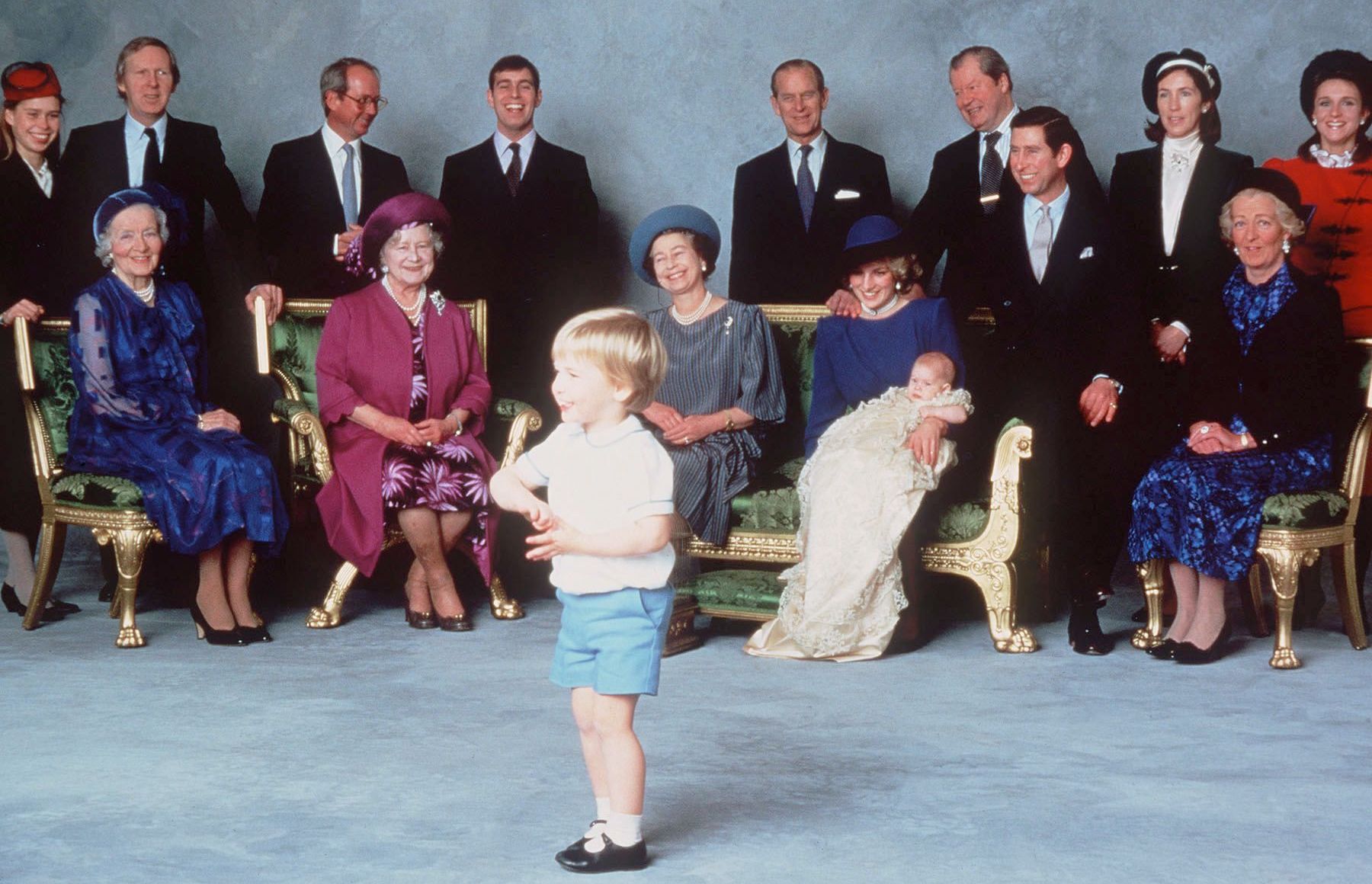
The gown is a replica of the one used in 1841 when Queen Victoria was the monarch. It has since been worn by sixty two royal babies over eight generations.
14. They must attend the annual Trooping the Color ceremony
Trooping the Color, the Queen's official birthday ceremony, must be attended by all able members of the family including the wee little ones. The entire family gathers on the famous Buckingham Palace balcony to watch the Royal Air Force fly.
